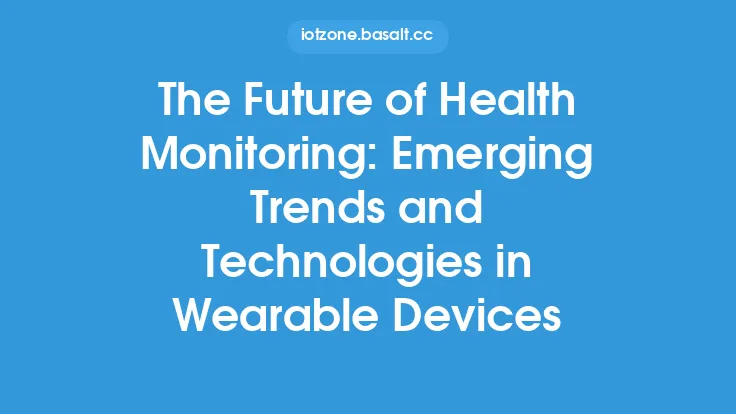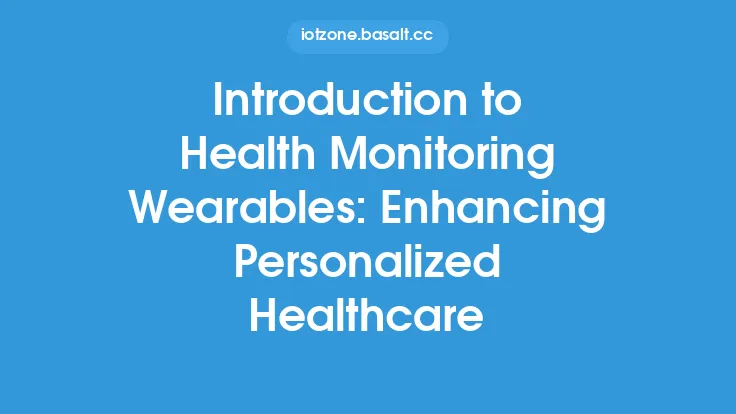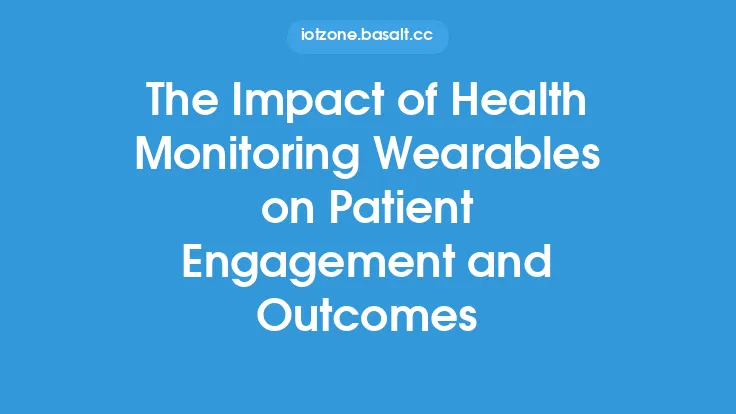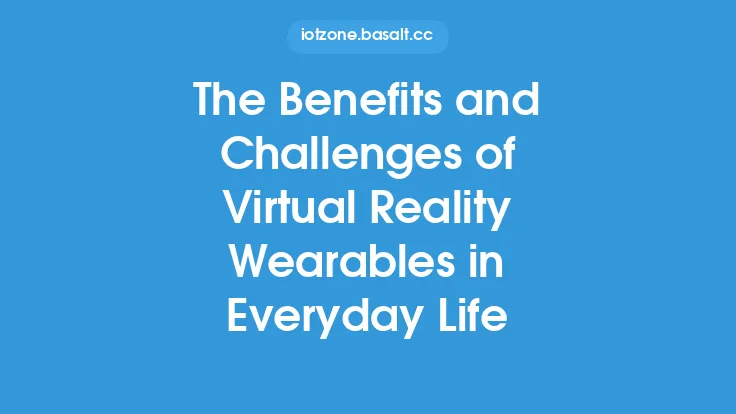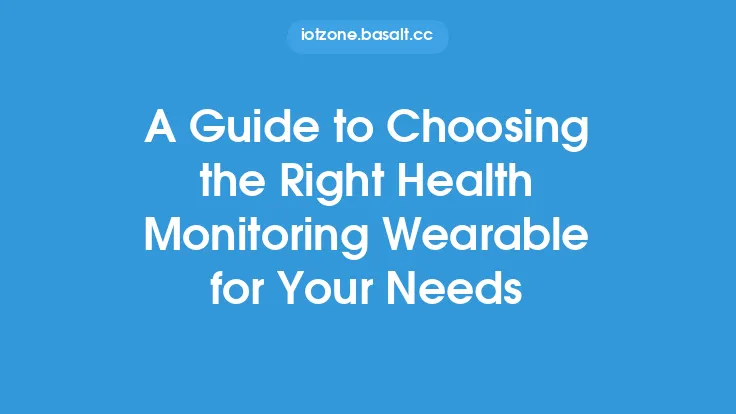As the global population ages, there is a growing need for innovative solutions that can support seniors in maintaining their independence and quality of life. Health monitoring wearables have emerged as a promising tool in this regard, offering a range of benefits that can help seniors manage their health, stay connected with loved ones, and receive timely medical attention when needed. In this article, we will delve into the world of health monitoring wearables for seniors, exploring their features, benefits, and potential applications.
Key Features of Health Monitoring Wearables for Seniors
Health monitoring wearables for seniors typically come equipped with a range of features that can help track various aspects of their health and wellbeing. Some of the key features of these devices include:
- Vital sign monitoring: Many health monitoring wearables for seniors can track vital signs such as heart rate, blood pressure, and body temperature. This information can be used to identify potential health issues early on, allowing for timely medical intervention.
- Activity tracking: Health monitoring wearables can track a senior's physical activity levels, including steps taken, distance traveled, and calories burned. This information can be used to encourage seniors to stay active and mobile.
- Fall detection: Some health monitoring wearables come equipped with fall detection technology, which can alert emergency services or caregivers in the event of a fall.
- Medication reminders: Many health monitoring wearables can send reminders to seniors to take their medication, helping to ensure that they stay on track with their treatment plans.
- GPS tracking: Health monitoring wearables with GPS tracking capabilities can help seniors navigate their surroundings and provide location information to caregivers or emergency services.
Benefits of Health Monitoring Wearables for Seniors
The benefits of health monitoring wearables for seniors are numerous and well-documented. Some of the key advantages of these devices include:
- Improved health outcomes: By tracking vital signs and other health metrics, health monitoring wearables can help identify potential health issues early on, allowing for timely medical intervention.
- Increased independence: Health monitoring wearables can help seniors maintain their independence by providing them with the tools and support they need to manage their health and wellbeing.
- Enhanced safety: Features such as fall detection and GPS tracking can help keep seniors safe, providing peace of mind for caregivers and loved ones.
- Better communication: Health monitoring wearables can facilitate communication between seniors, caregivers, and healthcare providers, helping to ensure that everyone is on the same page when it comes to a senior's health and wellbeing.
Technical Requirements and Considerations
When it comes to health monitoring wearables for seniors, there are several technical requirements and considerations that must be taken into account. Some of the key technical considerations include:
- Sensor accuracy: The accuracy of the sensors used in health monitoring wearables is critical, as inaccurate readings can lead to misdiagnosis or delayed diagnosis.
- Data security: Health monitoring wearables must be designed with data security in mind, as they often collect sensitive health information.
- User interface: The user interface of health monitoring wearables must be intuitive and easy to use, as seniors may not be familiar with complex technology.
- Power management: Health monitoring wearables must be designed to conserve power, as they often need to run for extended periods of time on a single charge.
Real-World Applications and Case Studies
Health monitoring wearables for seniors have a range of real-world applications and case studies that demonstrate their effectiveness. For example:
- Remote patient monitoring: Health monitoring wearables can be used to remotely monitor seniors who are living with chronic conditions, such as diabetes or heart disease.
- Fall prevention: Health monitoring wearables with fall detection technology can be used to prevent falls in seniors, which are a leading cause of injury and death in this population.
- Caregiver support: Health monitoring wearables can provide caregivers with the tools and support they need to care for seniors, including medication reminders and activity tracking.
Future Directions and Emerging Trends
The future of health monitoring wearables for seniors is exciting and rapidly evolving. Some of the emerging trends and future directions in this field include:
- Artificial intelligence: The integration of artificial intelligence into health monitoring wearables has the potential to revolutionize the way we approach senior health and wellbeing.
- Internet of Things (IoT) integration: The integration of health monitoring wearables with other IoT devices, such as smart home systems, has the potential to create a more seamless and connected care experience.
- 5G connectivity: The advent of 5G connectivity has the potential to enable faster and more reliable data transmission, which is critical for health monitoring wearables.
Conclusion
Health monitoring wearables for seniors have the potential to revolutionize the way we approach senior health and wellbeing. By providing seniors with the tools and support they need to manage their health, these devices can help improve health outcomes, increase independence, and enhance safety. As the technology continues to evolve, we can expect to see even more innovative applications and case studies emerge. Whether you are a senior, caregiver, or healthcare provider, health monitoring wearables are definitely worth considering as a valuable tool in the pursuit of healthy aging.

